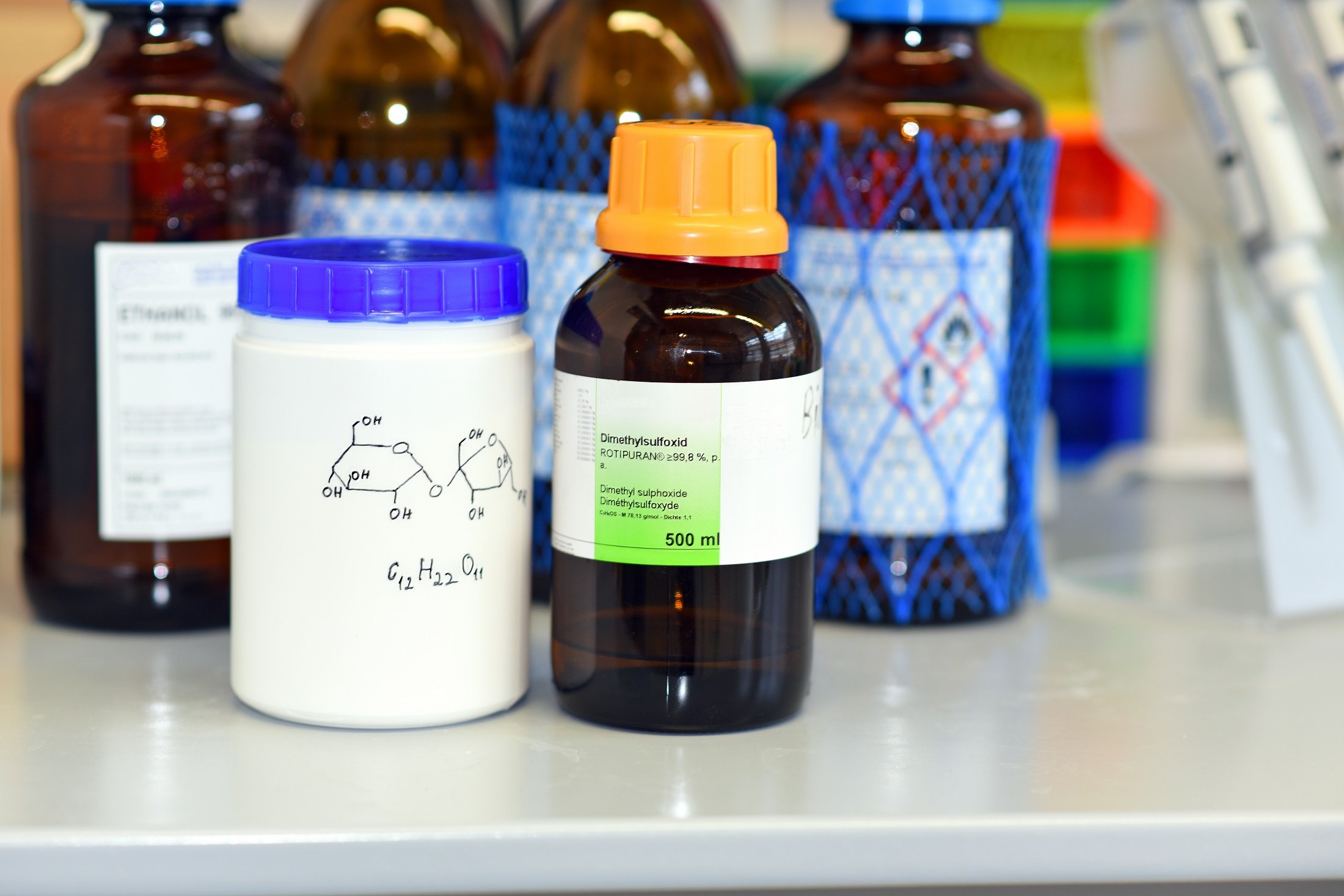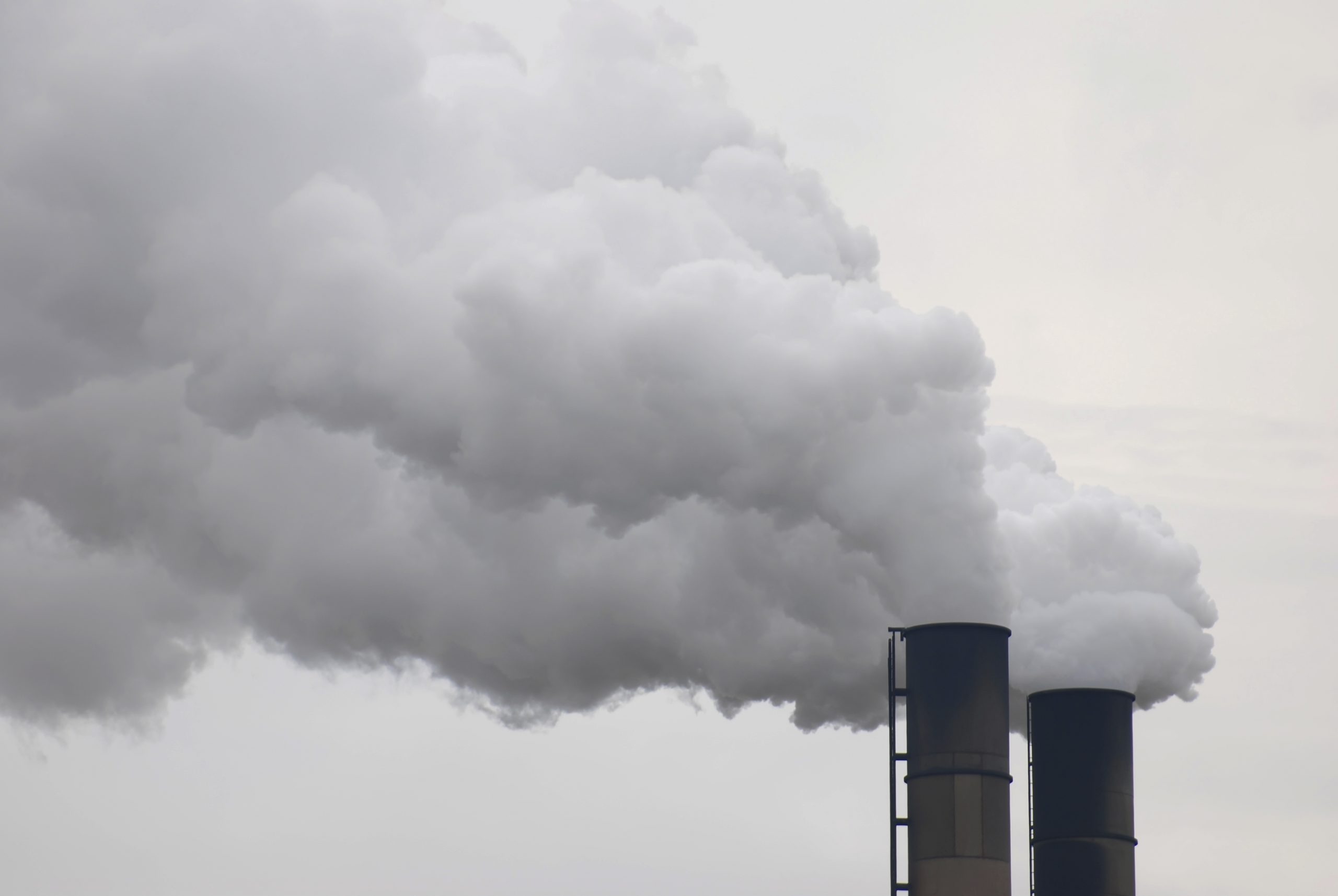Fume hood cupboard Malaysia is a vital lab equipment for a good reason. It protects you and the lab itself from toxic fumes as well as its spread. The fumes are captured and released through a ventilation system, away from the work area. Gas masks may also be used to protect your own face from the fumes.
But how do you know which fumes are toxic? What do they look or, heaven forbid, smell like?
Hydrogen sulfide (H2S)
Known for its “rotten egg” like smell, hydrogen sulfide (H2S) is common in manufacturing processes and chemical substances. Commonly associated with raw sewage, animal products, the pulp and paper industry, and oil refineries, hydrogen sulfide is also a byproduct of other products such as pesticides, pharmaceuticals, plastics and even breweries.
The toxicity of H2S emissions are dangerously high, inhaling them results in irritation, unconsciousness, memory loss, and in severe cases, death. 100 ppm (parts per million) of H2S exposure is highly toxic enough to bring lethal consequences, even at low concentration levels. Workers are recommended to leave the affected area if a concentration of 10 ppm is detected.
Carbon monoxide (CO)
Carbon monoxide (CO) is an odorless, colorless and highly toxic gas that is generally found as a source of energy and reducing agent in industrial processes, as well as a byproduct of incomplete combustion. It is also associated with internal combustion engine exhaust.
Red blood cells will not be able to effectively transport oxygen because CO bonds with the hemoglobin molecules inside them. Prolonged or repeated exposure to the gas results in nausea, restlessness, euphoria, injury, illness and death. Though high concentrations can lead to immediate respiratory arrest or death, the long term effects of chronic exposure in low concentrations can take a greater toll to workers.
50 ppm is the limited amount of exposure, while maritime workers need extra attention if the CO concentration is higher than 100 ppm. 200 ppm and above is considered highly dangerous.
Nitrogen Oxides
Nitrogen oxides come in seven different gases, the most common are nitric oxide and nitrogen dioxide. Common in several consumer and industrial environments, nitrogen oxide is the reason why air pollution occurs, reducing its quality. Nitric oxide is often emitted from vehicles, agricultural processes or as a fossil fuel byproduct. Nitrogen dioxide is commonly used in the making of rocket fuels and explosives.
Health effects can range from eye, skin and respiratory tract irritations to lethal circumstances. 25 ppm is the allowed limit of exposure of nitric oxide, while 100 ppm is already considered lethal. For nitrogen dioxide, 5 ppm is a limit. 20 ppm is also dangerous.
Ozone
Commonly seen as widespread smog among cityscapes, ozone is toxic to both humans and plants. It may be natural in the upper atmosphere of the Earth’s stratosphere, but large concentrations on ground level can be emitted by chemical reactions from vehicle exhausts or gasoline vapors.
Decreased lung function, sunburns, respiratory infection and skin cancer are among the negative human health effects of ozone. 0.10 ppm is the limited level of ozone exposure. Extreme caution is advised when working near ozone for more than eight hours.
Solvents

Organic solvents are highly toxic and flammable. They are carbon based substances capable of dissolving one or more other substances. Usually found in products such as kerosene, gasoline, paint strippers and degreasers. Higher concentrations and long exposure can affect your central nervous system, as well as making you dizzy, drowsy, hard to concentrate, confused, feeling headaches and sending you to a coma. Death is the last symptom.
As some solvents are commonly used in daily life, it is advised to read warnings about identified toxic gases you may encounter to protect yourself in the long term.

